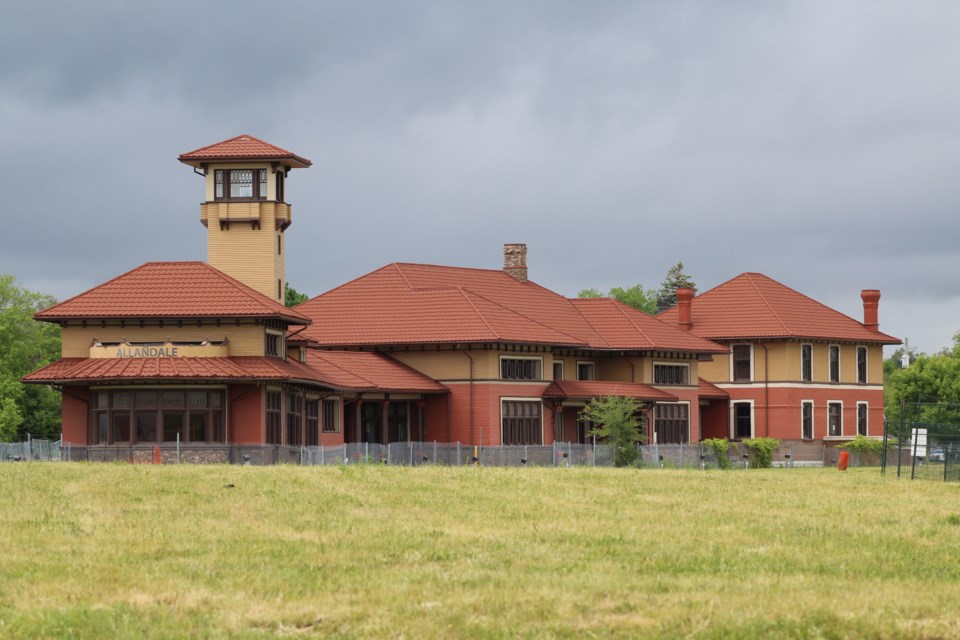The City of Barrie says an archaeological study at Allandale Station will extend into the spring due to the disturbance at the site over the course of several decades.
City officials, in partnership with the Huron-Wendat Nation and the Williams Treaty First Nation communities, released an update on Wednesday, saying they're making "good progress" on the archaeological study of the historic Allandale Station land, located along the Barrie's lakeshore.
A Stage 4 archaeological assessment began in early June and is being undertaken in accordance with provincial regulations.
The purpose of the archaeological work is to better understand previous land use of this area over the last 700 or so years.
First Nation officials have also been on site monitoring the work, participating in decision-making and providing guidance to ensure that the process is culturally respectful.
A large portion of the Stage 4 archaeology study on the Allandale Station land has been completed.
However, due to the historical disturbance of the site over the course of many years, the study is taking longer than initially planned and work will extend into the spring of 2019, as a section of the site still needs to be investigated.
The city says the area exhibits "a complex archaeological history" and has been disturbed on more than one occasion, including the construction of several 19th-century structures, the flood of 1896 and the construction of the Allandale Train Station buildings in 1905.
A large amount of archaeological material has been recovered and the apparent foundation of the 1863 train station has been exposed.
Upon completion of the Stage 4 excavations, determination of any remains recovered from the site will be made by the Archaeologist of Record in accordance with provincial regulations. The Registrar of Burials will identify the next steps in any further processes.
"The Huron-Wendat Nation is fully engaged and committed to repair an historical injustice to our ancestors," Huron-Wendat Nation Grand Chief Konrad Sioui said in a news release. "This process of archaeological study is a top priority and we will continue to be involved and take action to ensure our heritage is protected."
Chippewas of Rama First Nation Chief Rodney Noganosh said Rama First Nation is also working with the city and the Huron-Wendat Nation to ensure that the Stage 4 archaeological assessment at the Allandale Station "is being conducted thoroughly and with respect to our ancestors.
"My council and I visited the site in the summer to ensure that due diligence is being undertaken," Noganosh added. "On behalf of the Williams Treaties First Nations, we will continue to make this a priority.”
Mayor Jeff Lehman said the city is "grateful" for its partnership with Huron-Wendat First Nation and Williams Treaty First Nation communities "as it continues to follow the archaeological processes, applicable legislation and direction provided by the Province of Ontario to ensure protection of the archaeological potential of the site," he said.


